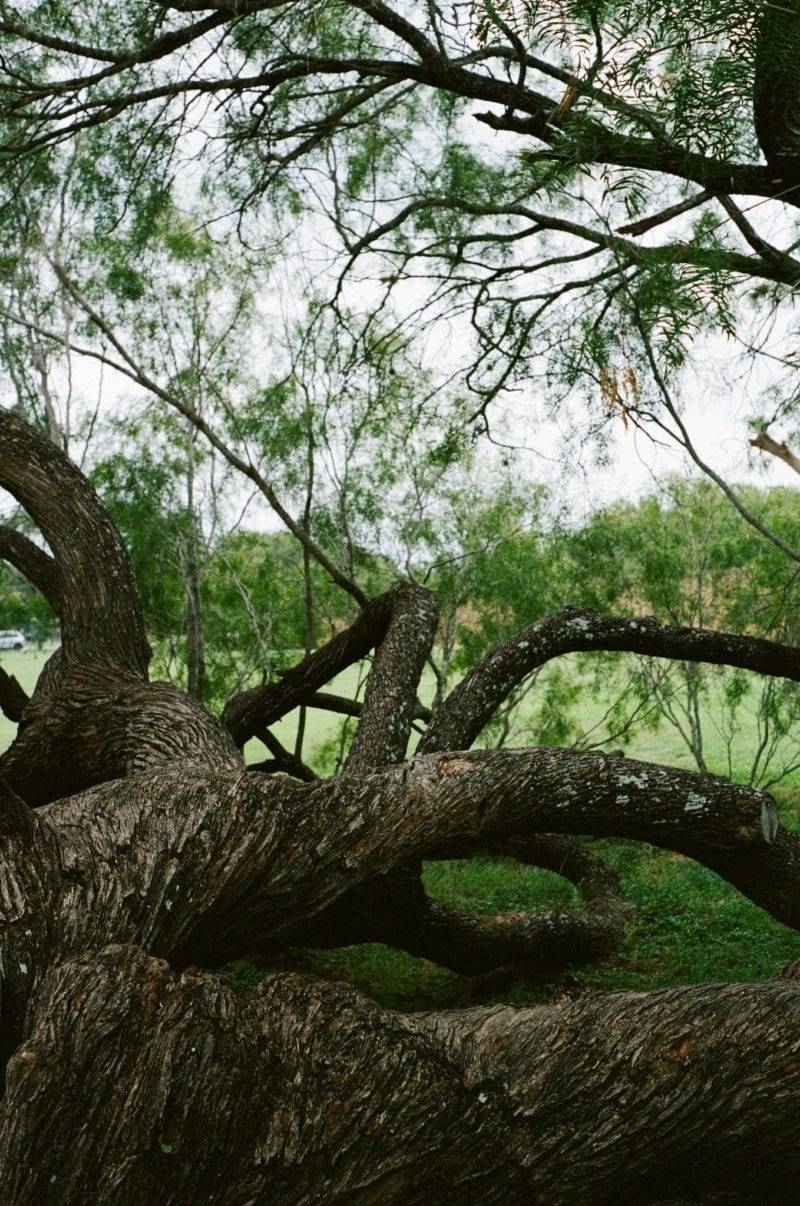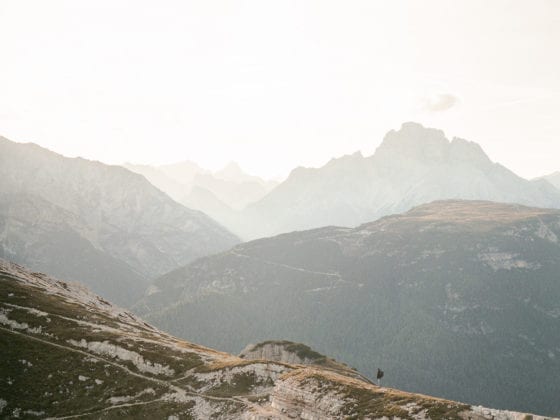The state of Illinois is not known for conservation. It’s a massive state buried deep in the Midwest that barely clips Lake Michigan on its northeast corner. When people think of Illinois, they think of agriculture, and the state is often mocked for its “dull” terrain.
Any visitors to Illinois are usually coming for Chicago, which compared to the cornfields, is an equally unappealing landscape for seekers of nature. In terms of the environment, many people believe that Illinois doesn’t have much worth conserving.
When I was 18, I moved from Kentucky to Illinois. Kentucky isn’t much of a tourist trap either. The land is used very utilitarian-ly for agriculture or coal mining, but I always thought it had some element of wilderness and beauty that Illinois lacked.
College brought me to Illinois. In the back of my mind, I reassured myself that it would only be for four years. I survived on self promises that one day—in the ever-elusive future where my agency would be total—I would be able to live somewhere beautiful, somewhere where people valued the earth.
I survived on self promises that one day I would be able to live somewhere beautiful, somewhere where people valued the earth.
My very nonspecific plans were derailed, however, after graduating into a COVID-infested world. Suddenly, moving didn’t seem like a viable option. I still live in Illinois today, without the qualifier of “student.” I have to reckon with a sense of ownership for Illinois and how my residence here interacts with my job as an environmental scientist.
After graduating, I landed an internship with the Morton Arboretum, a national leader in tree science research located in the western suburbs of Chicago. My work with the arboretum has brought me to the extremes of Illinois: conducting tree surveys in the city and collecting pests down south.
One day on the job will have me knocking on the front doors of northside houses for permission to encircle the centuries-old oak trees in their front yard with measuring tape. The next day, I’m speeding down a county highway, watching butterflies swoop past my windshield. On my right is a field of corn that stretches as far as the eye can see, browning tassels swaying in the late summer breeze. On my left is a mirror image of soybeans—short, bushy rows of dark green leaves.
The next week, I’m visiting state parks, walking past deep blue lakes left by the footprints of glaciers, fields of prairie flowers in their most-colorful stage and beautiful forests dappling the ground with shade. After just a couple of months on the job, my appreciation for the beauty and diversity of the Illinois landscape has increased tenfold.
After just a couple of months on the job, my appreciation for the beauty and diversity of the Illinois landscape has increased tenfold.
Dogma asserts that only “wild” or untouched areas deserve conservation, only truly extraordinary feats of nature that people will odyssey to see. However, this thinking is a failure of Henry David Thoreau-esque environmentalists to perceive beauty in all kinds of landscapes. Even more than perceiving beauty, to value the manner in which these landscapes work in harmony toward human and natural pursuits.
People do not care for nature if they consider themselves as separate from nature, but conservationists too often draw lines between human society and nature without teaching people about the nature around them.
People do not care for nature if they consider themselves as separate from nature.
The diversity of Illinois landscapes presents a myriad of conservation opportunities:
- Urban conservation
This increases the quality of life for residents and allows more people to come in contact with nature. Biodiversity provides ecosystem services like climate regulation and pollution filtration; green spaces reduce anxiety and other mental health challenges. - Sustainable agriculture practices
When agriculture is performed in sustainable ways, it acts as a crucial agent of conservation for soil and water, all the while creating food needed to sustain life. Agricultural plants create habitats for a vast array of insects and soil microbes that go unseen. - Land conservation
More conventional conservation, like what occurs in state parks, works to preserve the landscape in the way it existed before humans arrived. These areas recognize the intrinsic value of nonhuman heritage and act as beautiful spots for recreation.
Interacting positively with the state you live in is more difficult than longing to be somewhere “more beautiful.” This year has been a lesson for me in learning to see beauty where before there was only ugliness. A huge portion of this transformation simply involved learning about the physical landscape around me. It could be as simple as looking at the tree in your backyard. Feel it, smell it and figure out what species it is.
Pretty soon, you’ll care about that tree. Then, you’ll start to see trees everywhere, and you might begin to care about those trees too.
Have you learned to see the beauty where you are? What is one thing in your town or city’s natural environment that you can appreciate?
Image via Madeline Mullenbach











